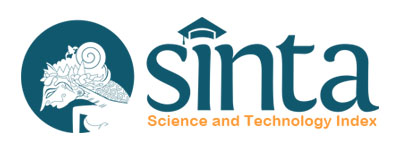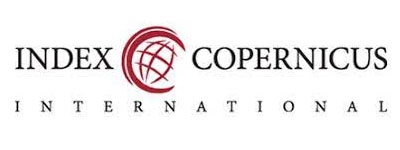Textile Industry Waste Pollution in the Konto River: A Comparison of Public Perceptions and Water Quality Data
DOI:
https://doi.org/10.21776/ub.jels.2022.012.03.05Abstract
Textile industry production activities in one of the Badas areas can have implications for the occurrence of dye liquid waste pollution in the Konto river flow. This implication leads to the public perception that there has been river pollution from textile dyeing liquid waste. In this case, public perceptions need to be analyzed as a form of river environmental monitoring activities. Therefore, public perceptions of pollution were compared with actual water quality data, especially related to dyes in river water, to link public perceptions with environmental resource management efforts. This study aims to analyze public perceptions of textile dye waste pollution and compare the analysis results with the river water quality analysis. Analysis of river water quality (dye content, BOD, COD) was conducted at five sampling points in Badas, Kuwik, Balungjeruk, and Wonorejo villages. Public perception was measured descriptively through interviews with respondents referring to the Slovin method. The analysis of public perceptions shows that the Public considers that there has been pollution of river water, mainly due to textile industry waste, along the Konto River. The results of the water quality analysis showed that dye concentrations were found at four sampling points except for Wonorejo Village. This result shows that the correlation between public perception and data on dye contamination only occurs in Badas, Kuwik, and Balungjeruk villages. In addition, the BOD/COD ratio indicates that pollution has occurred at all observation points in this study.
Keywords: Aquatic Ecosystem, Dyes, Pollution, Public Perception, Waste.
Downloads
Published
Issue
Section
License

This work is licensed under a Creative Commons Attribution 4.0 International License.
Authors who publish with this journal agree to the following terms:- Authors retain copyright and grant the journal right of first publication with the work simultaneously licensed under a Creative Commons Attribution License that allows others to share the work with an acknowledgement of the work's authorship and initial publication in this journal.
- Authors are able to enter into separate, additional contractual arrangements for the non-exclusive distribution of the journal's published version of the work (e.g., post it to an institutional repository or publish it in a book), with an acknowledgement of its initial publication in this journal.
- Authors are permitted and encouraged to post their work online (e.g., in institutional repositories or on their website) prior to and during the submission process, as it can lead to productive exchanges, as well as earlier and greater citation of published work (See The Effect of Open Access).
















